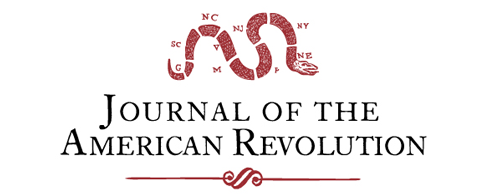George Washington’s 1781 Campaign Design Revealed
George Washington closed a July 31, 1788 letter to Noah Webster noting that Webster’s “desire of obtaining truth is very laudable, I wish I had more leizure to gratify it . . . the knowledge of innumerable things, of a more delicate and secret nature, is confined to the perishable remembrance of some few of […]
